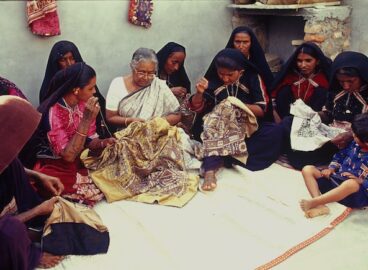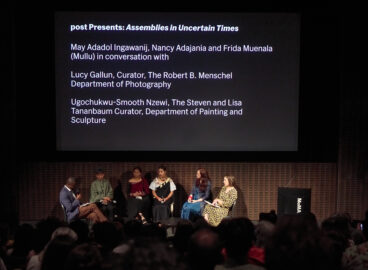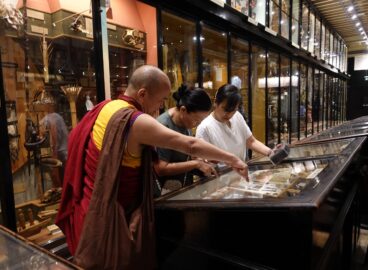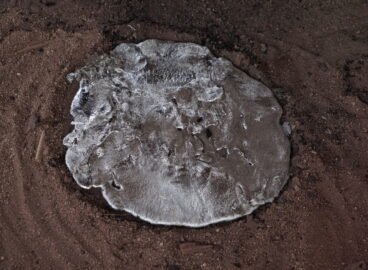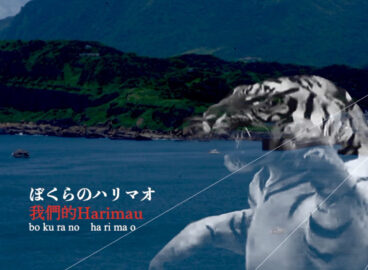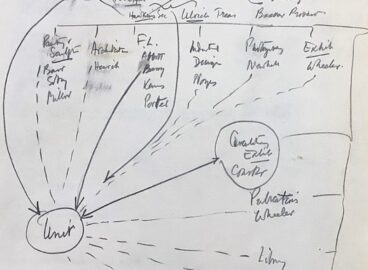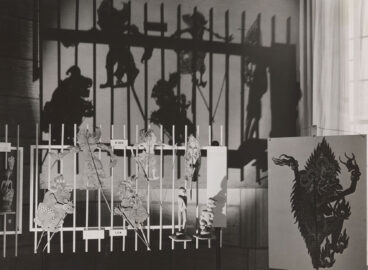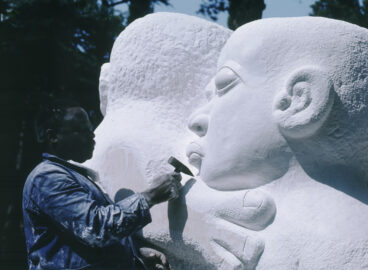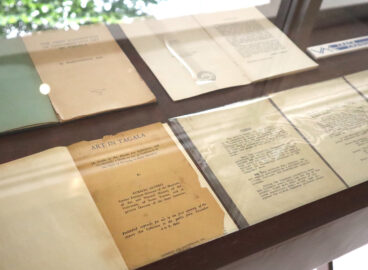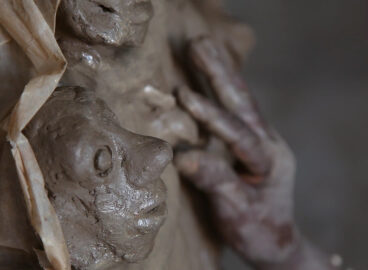The performances conducted by the late Filipino artist Roberto Villanueva (1947–1995) prompted the effects and the facture of ritual. In 1989, a sprawling circular labyrinth constructed out of eight-foot runo reeds occupied the grounds of the Cultural Center of the Philippines (CCP) in Metro Manila. Inspired by a pattern found in the Cordilleran rice fields of northern Luzon, the labyrinth orchestrated a walk, or dance, toward the center, where one found a circular pit lined with river stones and presided over by totemic figures like the bulul, a carved wooden sculpture representing a guardian spirit. The center was an area resembling a dap-ay, a place for gatherings and rites, traditionally the foundation of Cordilleran learning. Archetypes: Cordillera Labyrinth, like many of Villanueva’s works, combined installation, chanting, magical invocations, and other ritualistic tropes drawn from Indigenous sources.
